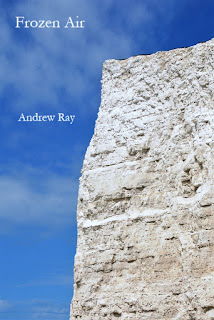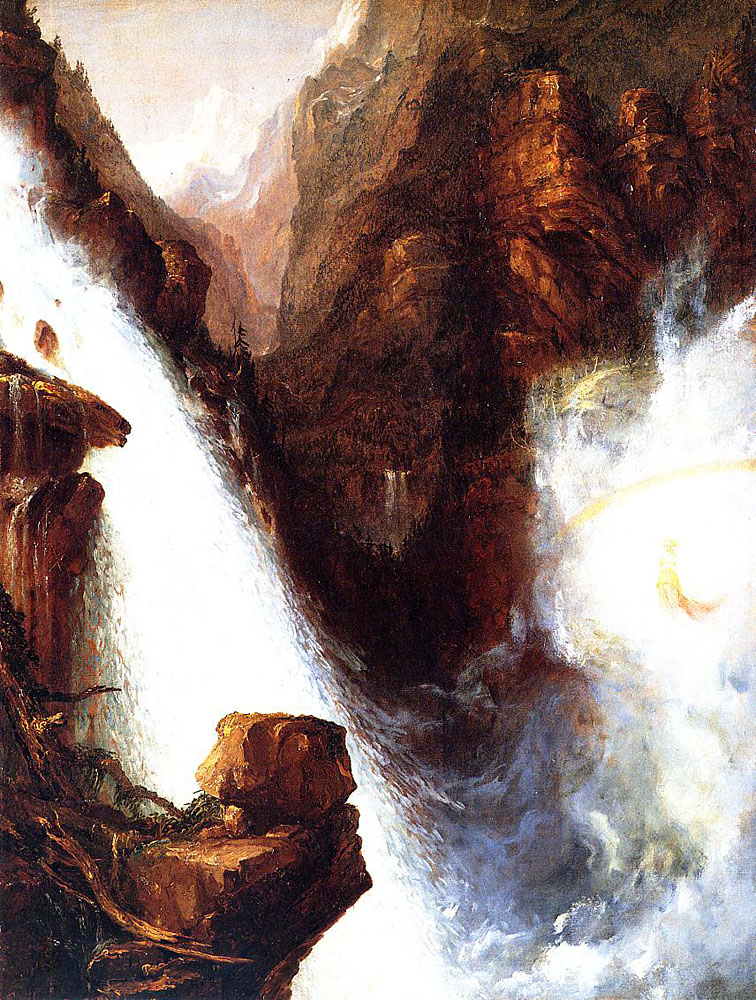Zhao Mengfu, Autumn Colours on the Qiao and Hua Mountains, 1296
Back to normal now, for blog post number 1,001, and at this time of year it seems appropriate to admire these Autumn Colours on the Qiao and Hua Mountains. Most of the trees in this marshy landscape are still green, as they are here in London as I write this, but the red seal marks added to the handscroll cover the sky like wind-blown maple leaves. This is the best known work of Zhao Mengfu, who was able to observe the seasons change around these mountains after becoming governor of Jinan in 1293. Mount Qiao and Mount Hua lie to the north of the city and can be seen in the video clip below. This scroll was painted after Zhao had returned south, for a friend whose family came from Shandong. It offered a new way forward for Chinese art, neither naturalistic or idealised, referring back to older 'antique' styles - specifically that of Dong Yuan (d. 962) who, founder of the distinct southern Jiangnan style. Dong was said (by the great Song dynasty scientist/polymath Shen Kuo) to be 'particularly skilled in painting the mists of autumn and distant views'.
Zhao Mengfu is an artist I have referred to here three times before: first in connection with his scroll, The Mind Landscape of Xie Youyu; secondly as exemplifying, in his interest in recovering older styles, a kind of Renaissance attitude analogous to Italian quattrocento artists; and thirdly for a painting owned by the Met, Twin Pines, Level Distance. I have not however mentioned one of the most interesting facts about Zhao, that he was married to an artist prominent in her own right, the painter, poet and calligrapher Guan Daosheng. Guan seems to have taken up painting around the time they were living in Jinan (which was, incidentally, the city where China's greatest female poet, Li Qingzhao, lived two centuries earlier). Guan worked in various genres but became known for her bamboo painting. She qualifies for a mention on this blog because, instead of depicting individual branches, she tended to paint thickets and set them in landscapes. In the example below, the bamboo in the background is covered in a band of mist. She wrote on the scroll that it had actually been painted "in a boat on the green waves of the lake."
Guan Daosheng, Bamboo Groves in Mist and Rain (detail), 1308
Chinese bamboo paintings are cropped close-ups of landscape, with rocks and old trees as likely to feature as bamboo plants. Zhao Mengfu himself produced a marvellous example, Elegant Rocks and Spare Trees, which included a quatrain arguing that "calligraphy and painting have always been the same". Although this is painting, not writing, the brushstrokes resemble calligraphy: broad ones ('flying white') for the rocks, blunt ones ('seal script') for the branches, spiky and tapered ones ('late clerical script') for the foliage. Bamboo was a symbol of the scholar, surviving through difficult times. Zhao Mengfu himself initially resisted the lure of Kublia Khan but elected to work for the new administration, an act that affected his later reputation. He would not be numbered among the Four Masters of the Yuan dynasty, although one of those artists, Wang Meng, was his grandson. Zhao Mengfu died in 1322, three years after Guan Daosheng, a wife whose "manner was winning… [and]… intelligence clear as
moonlight."
Zhao Mengu, Elegant Rocks and Sparse Trees, Yuan Dynasty
Handscroll%2C_ink_and_colors_on_paper%2C_28.4_x_93.2_cm_National_Palace_Museum%2C_Taipei.jpg)



























